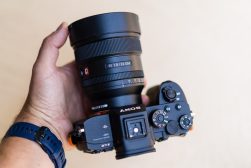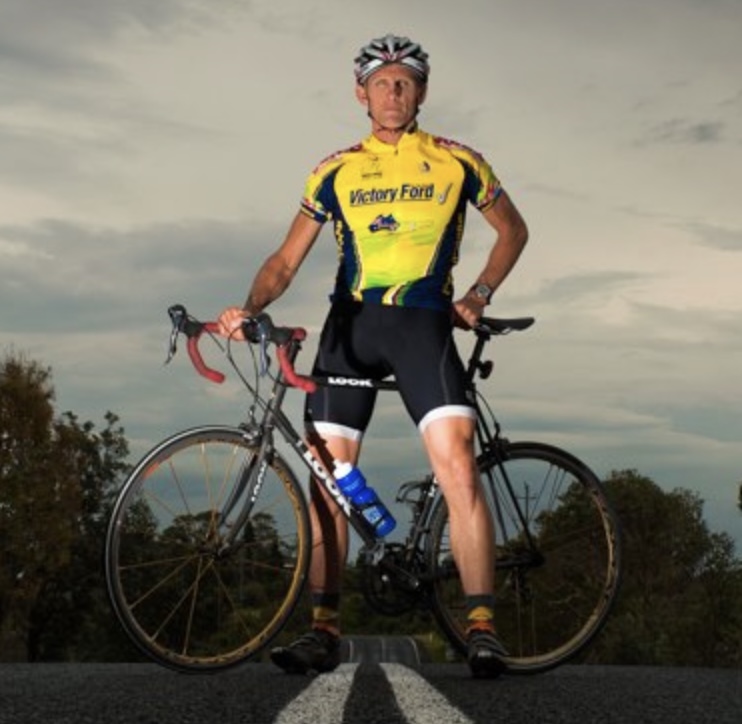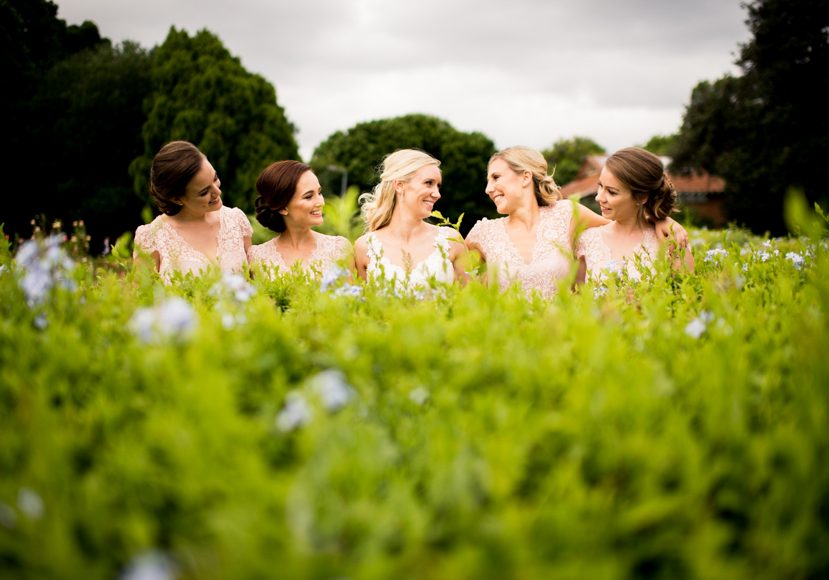
Best Lenses for Group Photos (+ What Settings to Use)
Getting sharp and vibrant photos of groups of people is a lot to do with what lens and settings you use. Here are some great value lenses to make it easier.
This guide to the best lenses for group photos will help you to start shooting sharp and vibrant shots of multiple people.
There are many different types of lenses suitable for group photography, each delivering specific aesthetics.
While some professional photographers prefer to shoot group photos with prime lenses, there are situations when a zoom lens works better.
I’ve worked with a range of lenses to photograph people in various settings and weather conditions to get the best results.
In this article, I’ll help you find the best lens for your next group photoshoot, covering several brands at a range of budgets.
I’ll also explore the best camera settings for group photography to ensure sharp and crisp collective portraits.
If you already know how to take a group photo, let’s take a look at the lens recommendations.
Lens Selection for Group Photography | Key Takeaways
- Use a lens with a focal length between 35mm and 50mm for smaller groups.
- For larger groups, consider using a wide-angle lens (24mm-35mm).
- Avoid ultra-wide lenses to prevent distortion at the edges.
- Choose a lens with a fast aperture (f/2.8 or faster) for low light conditions.
- Consider lenses with image stabilization to reduce the chance of blur.
- Opt for prime lenses (if possible) for their typically sharper results.
- Use a smaller aperture (higher f-stop number) for a deeper depth of field.
Table of Contents
Best Lens for Group Photos | CANON
There are many great lenses suitable for large group photos available from Canon that draw on their rich history as one of the leading camera manufacturers.
An affordable wide-angle prime lens such as the Canon RF 35mm F1.8, which delivers a cinematic look, also boasts a short focal plane to increase its versatility.
On the high end of the spectrum, the Canon RF 50mm F1.2L USM is another excellent prime lens with a bright aperture that delivers a naturalistic look to large group photos.
For more options with your compositions, the Canon EF 24-70mm f/2.8L II USM zoom lens gives photographers scope to cover both group photos and high-quality portraits.
With a constant maximum aperture of f/2.8, this great lens guarantees an aesthetically pleasing blurred background for all your large group photos.
Best Lens for Group Photos | NIKON
Like Canon’s RF 35MM f/1.8, the Nikon AF-S Nikkor 35 mm f/1.8 G ED is arguably the best lens you can buy on a budget to achieve stunning-looking large group photos.
The 35mm focal length offers a classic natural angle of view, while the minimum focus distance of 25 centimeters opens up options for beautiful macro photography.
If you’re looking for a lens with variable focal length, the Nikon AF-S Nikkor 24-70mm f/2.8G ED produces sharp and rich images across the full range, with high-speed autofocusing.
It’s a popular lens for wedding photographers who don’t always have the luxury of carefully composing their shots and need a lens capable of zooming in on the action.
Lastly, a premium constant aperture lens for a large group, such as sports teams or corporate events, there’s the Nikon NIKKOR Z 14-30mm f/4 S wide-angle lens.
Using Nikon’s Stepping Motor (STM), this incredibly quiet lens means you won’t disturb any weddings or other ceremonies when shooting your photographs.
Best Lens for Group Photos | SONY
The Sony E PZ 18-105mm F4 G OSS wide-angle telephoto lens is a popular, flexible, and affordable lens with a zoom range that lends it to both small and larger groups.
With a constant maximum aperture of f/4 throughout the zoom range, it ensures consistent background blur even as you move around the subjects to change compositions.
For a premium-level prime lens for group photographs, there’s the Sony FE 50mm F1.2 GM full-frame large-aperture G Master lens, which produces stunning bokeh.
Used by professionals to shoot portraits and group shots, it’s capable of rich and vibrant images and is the best lens for those looking for a solid all-rounder prime.
Another fantastic lens from Sony’s G Master series is the Sony FE 24-70mm F2.8 GM II lens, boasting an even wider aperture that remains constant throughout the zoom range.
This flagship lens comes with Sony’s renowned autofocus performance and is compact and lightweight, making it ideal for shooting groups handheld.
Can You Use a Kit Lens to Take Large Group Photos?
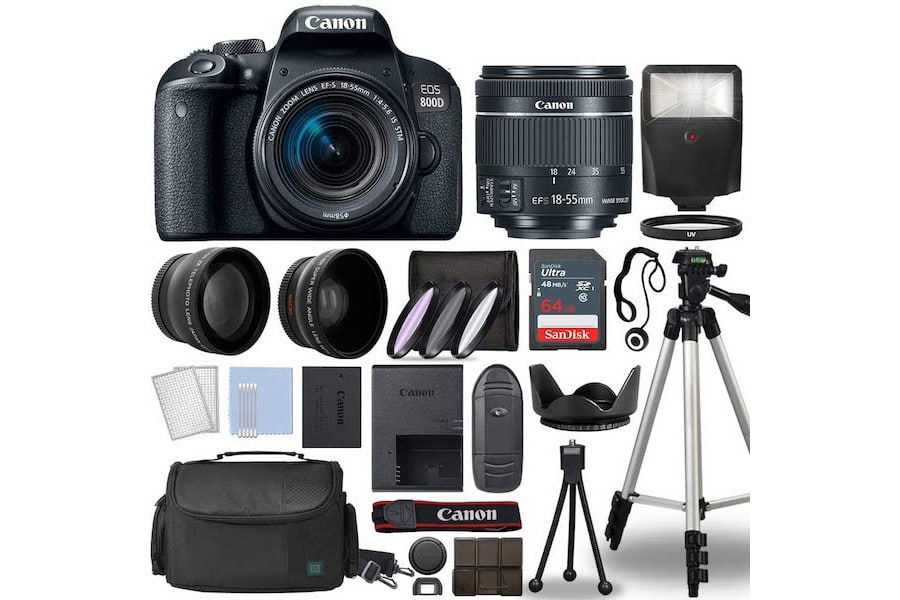
Kit lenses are designed to offer a broad range of shooting options for new camera owners and are typically zoom lenses with a range of 18-55mm.
While these starter lenses aren’t the highest quality lenses available, they can still be used to take large group photos when used correctly.
For example, the Canon 18-55mm kit lens, with a maximum aperture of f/5.6 at the 55mm setting, delivers sharp subject focus and smooth bokeh in the background.
The Nikkor AFS DX kit lens matches Canon’s specifications, with pleasing sharpness and details in portraits at an affordable price.
While you may want to upgrade to a prime lens if you’re regularly shooting large group photos, kit lenses are a good way to hone your composition skills for group photography.
How Your Lens’s Focal Length Affects a Group Photo
There are many different types of lenses on the market, from fixed focal length lenses to telephoto zoom lenses.
Each lens type impacts how you photograph a group and the aesthetic results the lens delivers.
Wide-Angle Lenses
Wide-angle lenses, with a focal length between 24mm and 35mm, capture an inherently larger field of view that makes them adept lenses for group photos.
This can be particularly useful when you have little room to maneuver around the group and need to shoot from close range.
While a wider lens is often the go-to choice for photographers taking group shots, be wary of distortion when using very wide lenses.
This can lead to barrel distortion, with the image appearing to bulge outwards at the edges of the frame.
Standard Lenses
An alternative to using a wide-angle lens is to opt for a standard lens for group photography, which ranges from 35mm to 70mm in focal length.
Choosing a 50mm lens is a good place to start since this focal length is close in approximation to how the human eye sees the world.
The go-to focal length for iconic Japanese filmmaker Yasujiro Ozu, who frequently used it to shoot his human subjects in a way that captured the essence of family pictures.
For minimal distortion and natural-looking results, standard lenses deliver consistently impressive results while keeping everyone nicely framed in the shot.
Telephoto Lenses
A telephoto lens is a versatile lens that is more traditionally associated with sports and wildlife photography but does occasionally have its place for large group photos.
If you’re unable to get up close to the group for a photograph, telephoto lenses create opportunities to zoom in a frame them from a distance.
Be wary of camera shake when using a zoom lens and selecting fast shutter speeds to compensate, and you can capture group shots with beautiful bokeh and sharp subjects.
Prime vs Zoom Lenses for Large Group Photos
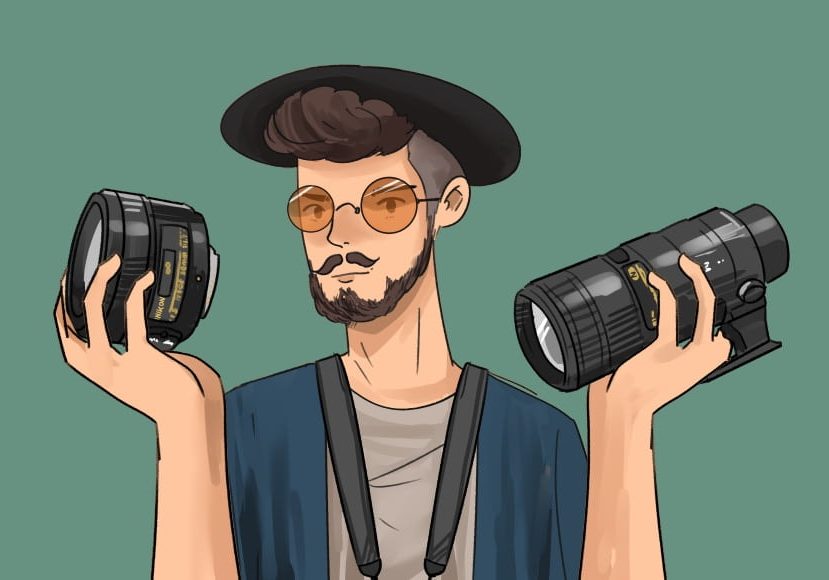
Prime and zoom lenses each bring different shooting styles and visual qualities to the table, as well as variability for aperture and the associated costs.
Prime lenses with an appropriate focal length typically have more scope for deep or shallow depth of field that confers more creative possibilities for the photographer.
Choosing a 3mm or 50mm prime lens will ensure everyone is composed nicely within the frame, with focus and subject sharpness optimal.
With that said, many zoom lenses deliver a suitable aperture for group photos and can capture a great amount of detail from a distance with a deep depth of field.
While a zoom lens may lack the wide aperture of a prime lens, they deliver more versatility in capturing shots from various distances while producing sharp image quality.
What Camera Settings Are Best for Group Photos?
When shooting group photos, there are some rules of thumb to consider when choosing the best settings.
Here’s a breakdown of the settings you need to check.
Aperture
The aperture setting you opt for when shooting a group photograph is variable and can change depending on how many people are in the group.
While f/2 to f/4 is fine for a single subject, a group shot should use an aperture between f/5.6 and f/8 to keep everyone focused.
If you’re shooting large groups, for example, for wedding photography, consider using an aperture of between f/8 and f/11 to keep everyone sharp and in focus.
Shutter Speed
Your choice of shutter speed will vary depending on various factors, primarily the level of light you’re shooting in and whether you’re handheld or on a tripod.
For handheld group shots, you should set your shutter speed to at least 1/200 to 1/400th of a second, while on a tripod, aim for around 1/15th of a second.
You should also consider the rule of thumb regarding shutter speed and focal length and keeping them equal, for example, shooting at 1/200 when using a 200mm lens.
ISO
Setting the ISO as low as possible is something you should strive for, no matter what subject you’re shooting.
This goes for photographing large groups or family portraits, with the ideal ISO setting between 100 and 400.
Large group photography on a sunny day can be shot with an ISO of 100, while cloudy situations might require you to up the ISO to 400 or more.
Focus Mode
The focus mode you choose will help you to transform a good photograph into a great one, keeping all subjects sharp and clear.
While your shutter speed will help to control motion blur, the camera’s autofocus mode will handle multiple subjects and produce sharp images.
Typically, professional photographers will use single-point autofocus since this allows them to move the point of focus to find the best spot.
For group portraits, this is usually a person in the center of the frame and in the first row for smaller groups or on the middle row for larger group shots.
Drive Mode
The drive mode you choose for group portrait photography will also depend on the group size and whether or not you wish to be included in the photograph.
If this is the case, using the self-timer drive mode will give you a few seconds to press and release the shutter and get into position within the group.
Using your camera’s continuous/burst drive mode is also advisable since this will capture multiple shots of your group and give you more options in post-processing.
You don’t need to choose the fastest burst speed when shooting a large group photo, but the additional shots increase the odds of everyone giving their best pose.
Metering Mode
Lastly, when taking large group photos or family photography, you must choose the correct metering mode, for which matrix metering is recommended.
Also known as multi-metering and zone metering mode, this evaluates the light across various areas and provides a final brightness based on this information.
Since group portraits typically fill most of the frame, this metering mode is optimal for most light situations when you photograph large groups.













